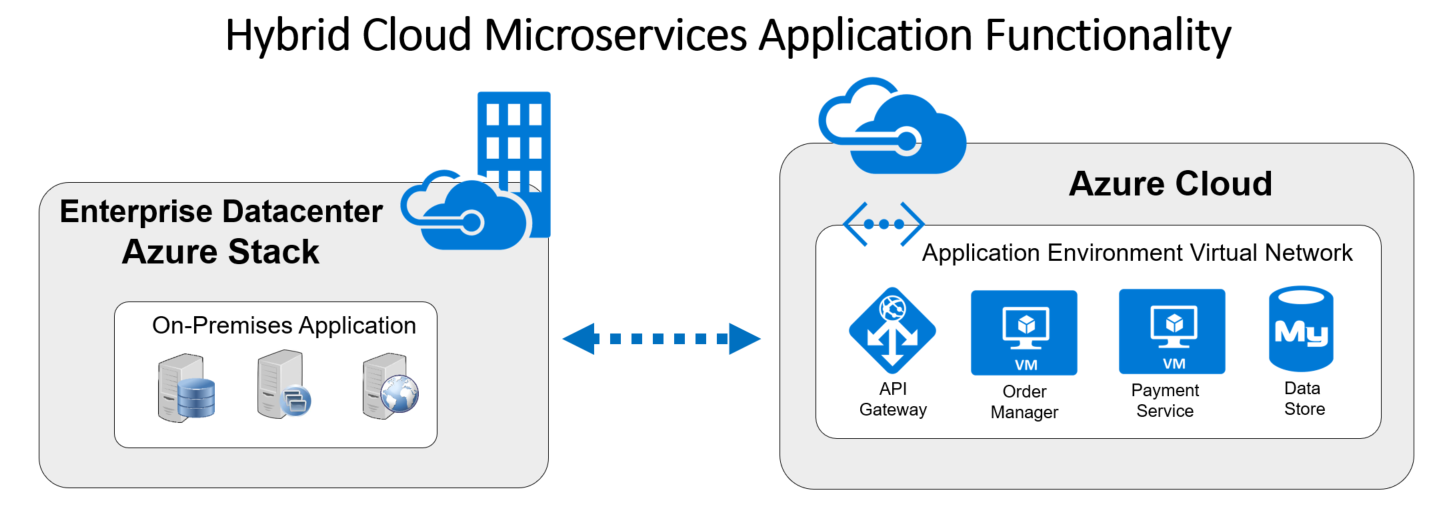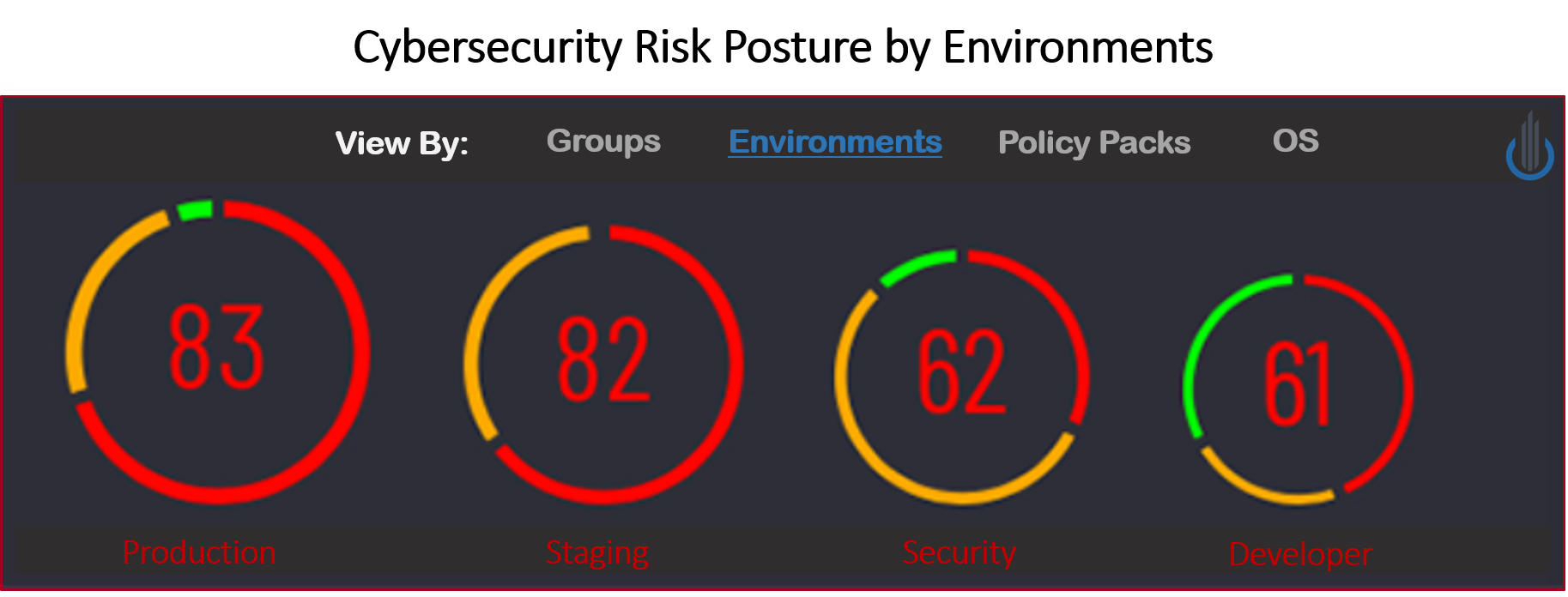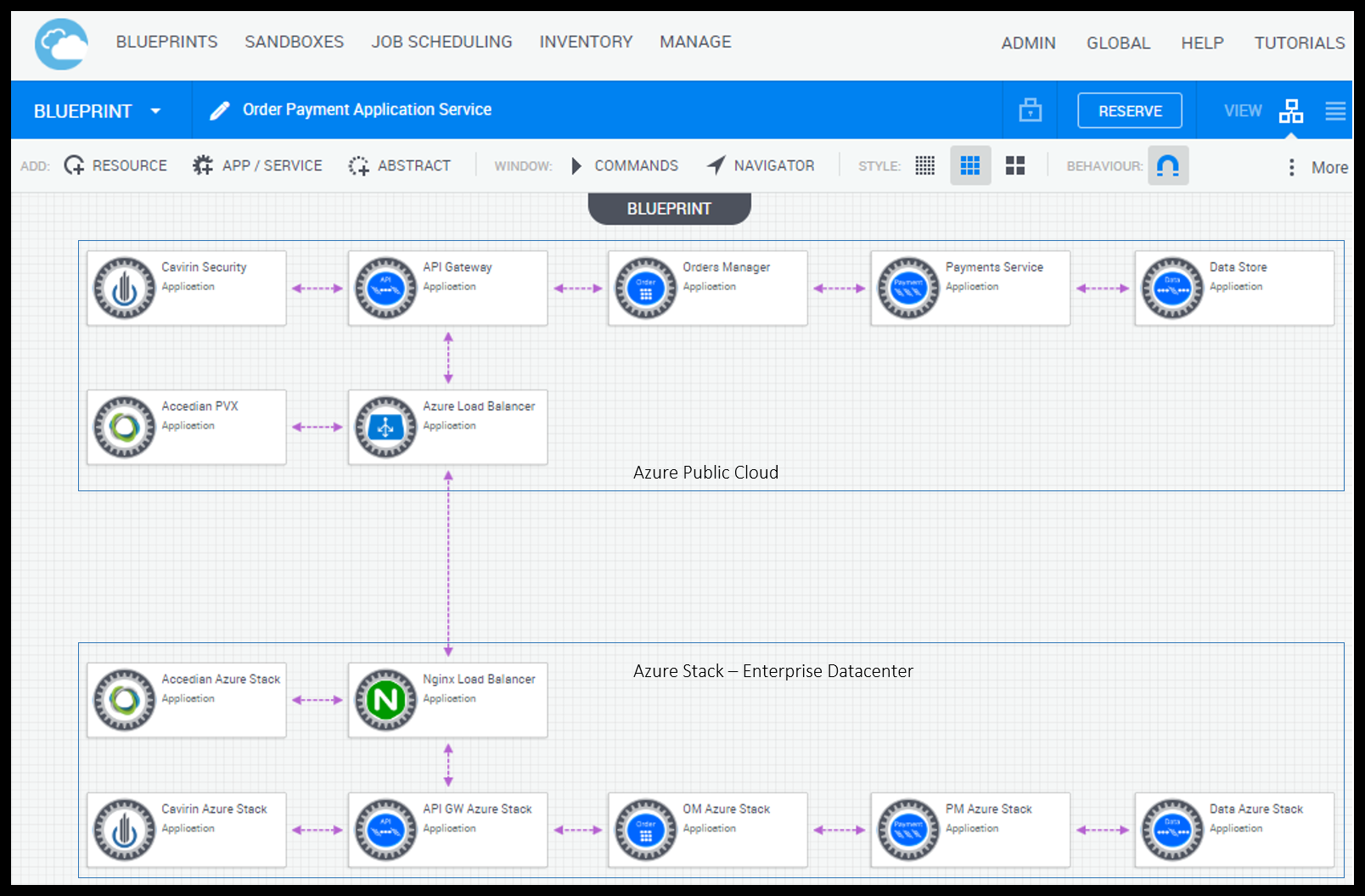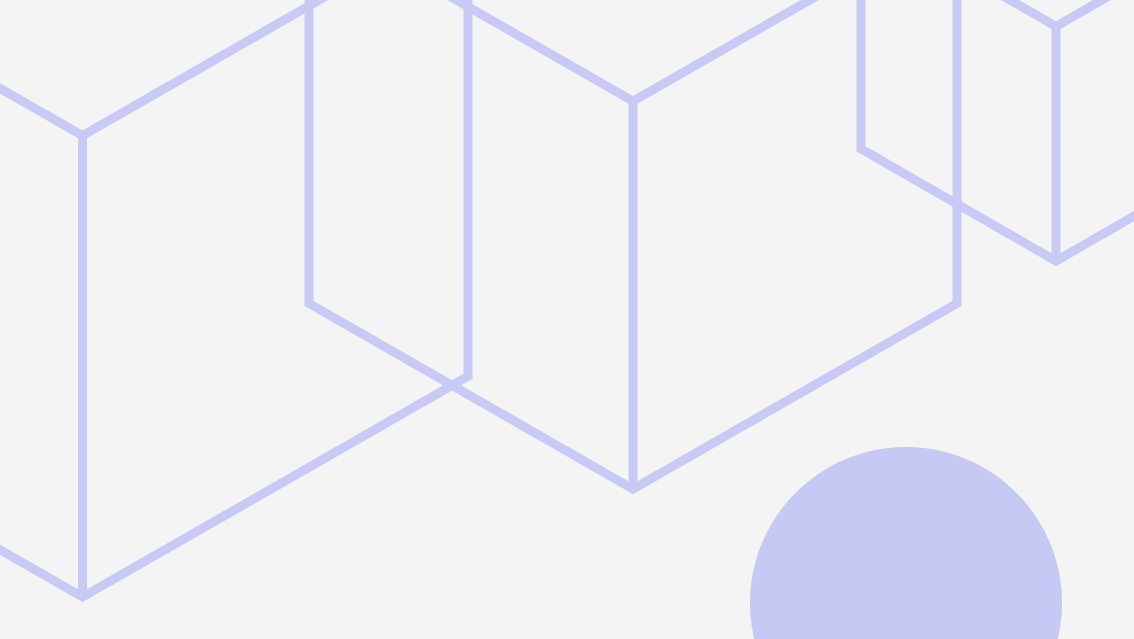You’ve just implemented security tools that lower your organization’s risk profile for your applications deployed on the Microsoft Azure Public Cloud. End-user experience is compromised and you’re trying to figure out why…sound familiar? Responsibility rests squarely upon the DevOps, SecOps or DevSecOps teams who modified the application workflow behavior.
So where to start? You contact the DevOps team to provide you a test environment so that you can start your troubleshooting efforts. The DevOps team is busy updating the latest software updates and don’t have cycles to spare due to production deployment deadlines. At the same time, you are notified that the Azure Load Balancer is being replaced with Nginx and you have no idea what the ramifications will be on your security posture or end-user experience.

The initial troubleshooting activity occurs in the SecOps environment but you still require the involvement of the DevOps team. DevOps will provide the latest updated software releases. DevOps teams, responsible for cloud architectural components, re-platform the Azure environment to reflect network modifications. These tasks are daunting without an ability to access self-service Azure test environments. In order to address these challenges, test environments are required to isolate troubleshooting activities. The following example outlines a microservice application deployed in a hybrid Azure cloud utilizing Quali CloudShell for orchestration.
Functionality: The first step in any application and infrastructure deployment is to ensure that the baseline functions of the application are responsive per the requirements. CloudShell provides the capability to introduce objects that represent the physical and virtual elements required within the solution architecture. These objects are modeled and deployed in Azure Public Cloud and within the Azure Stack at the organization’s datacenter or remote edge network.

Cybersecurity: Once the functionality of the solution has been validated, the security software components are assessed to determine if they are the cause of the traffic bottlenecks. In this example, a security scan utilizing Cavirin’s Automated Risk Analysis Platform (ARAP) determines the risk posture. If the risk score violates a regulation or compliance standard, a Polymorphic Binary Scrambling solution from Polyverse is installed to enable a Moving Target Defense. The DevSecOps team utilizes the blueprint design to update the application software, determine risk posture and remediate as required.

Performance: So we’re feeling good, functionality is in place, security protection is enabled, but end-user experience is terrible! Visibility is required at the data, application and network layers within the Azure Cloud environment to determine where the bottlenecks exist. In this example, Accedian PVX captures, analyzes and reports on the traffic workflows with test traffic from Blazemeter. Environments are quickly stood up by the DevSecOps team and a root cause is identified for the traffic bottlenecks.

Automation: To bring it all together requires a platform that allows you to mix and match different objects to build your solution architecture. In addition, Self-service is a key workflow component that allows each team to conduct each operation. This allows savings in time, resources and costs whereby solution validation can be achieved in minutes and hours rather than days, weeks and months.

In summary, CloudShell automates environment orchestration, modeling, and deployments. Any combination of public/private/hybrid cloud architectures are supported. The DevOps team can ensure functionality and collaborate with SecOps to validate the security risk and posture. This collaboration enables a DevSecOps workflow that ensures performance bottlenecks are addressed with visibility into cloud workloads. Together this allows the DevSecOps team to deploy environments secure and fast.
To learn more on DevSecOps Environments please visit the Quali resource center to access documents and videos.

